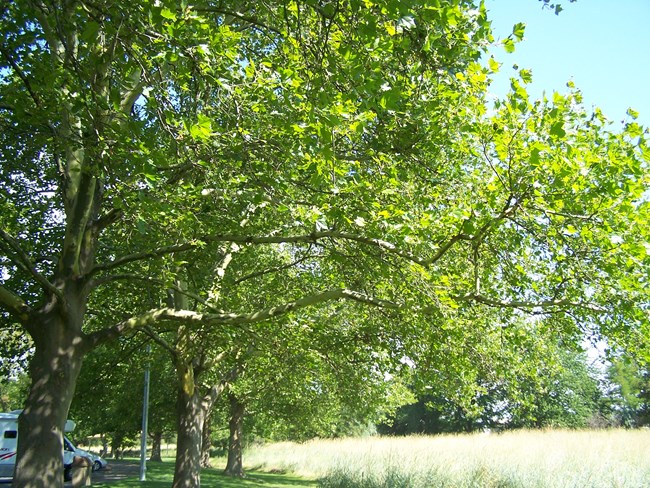
NPS Photo Whitman Mission National Historic Site is located in what was once an extensive grassland. Except for in the mountains, trees would have been relatively few and found mostly next to streams and rivers. When the Whitmans came they wanted trees. Dr. Whitman wrote to friends back east asking for locust, chestnut, and walnut seeds. Narcissa obtained sprouts of apple and peach trees from Fort Vancouver. Today the trees the Whitmans planted are long gone. But people still love trees. Landscapers planted many trees and shrubs on the park grounds to add beauty and provide shade. An apple orchard was created to represent the one planted by Dr. Whitman. Below is a list of trees and shrubs found in the park along with some of the places where they can be seen. 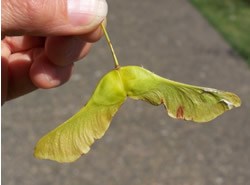
NPS Photo Maple Family
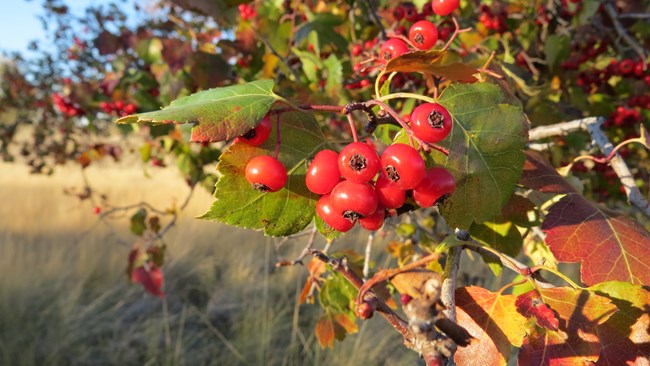
NPS Photo Rose Family
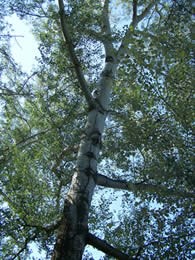
NPS Photo Willow Family
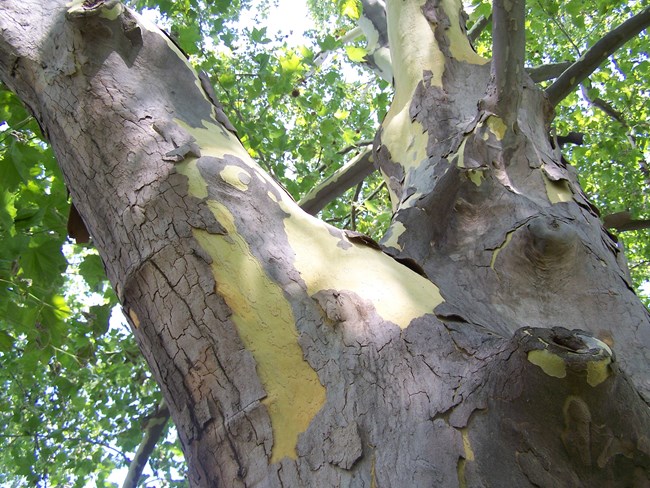
NPS Photo Sycamore Family
Pea Family
Elm Family
Hydrangea Family
Olive Family
Dogwood Family
Elderberry Family
Cashew Family
Walnut Family
Ailanthus Family
Conifers
Sources Drury, Clifford M. Marcus and Narcissa Whitman and the Opening of Old Oregon. 1994. Northwest Interpretive Association: Seattle, Washington. |
Last updated: January 19, 2023
